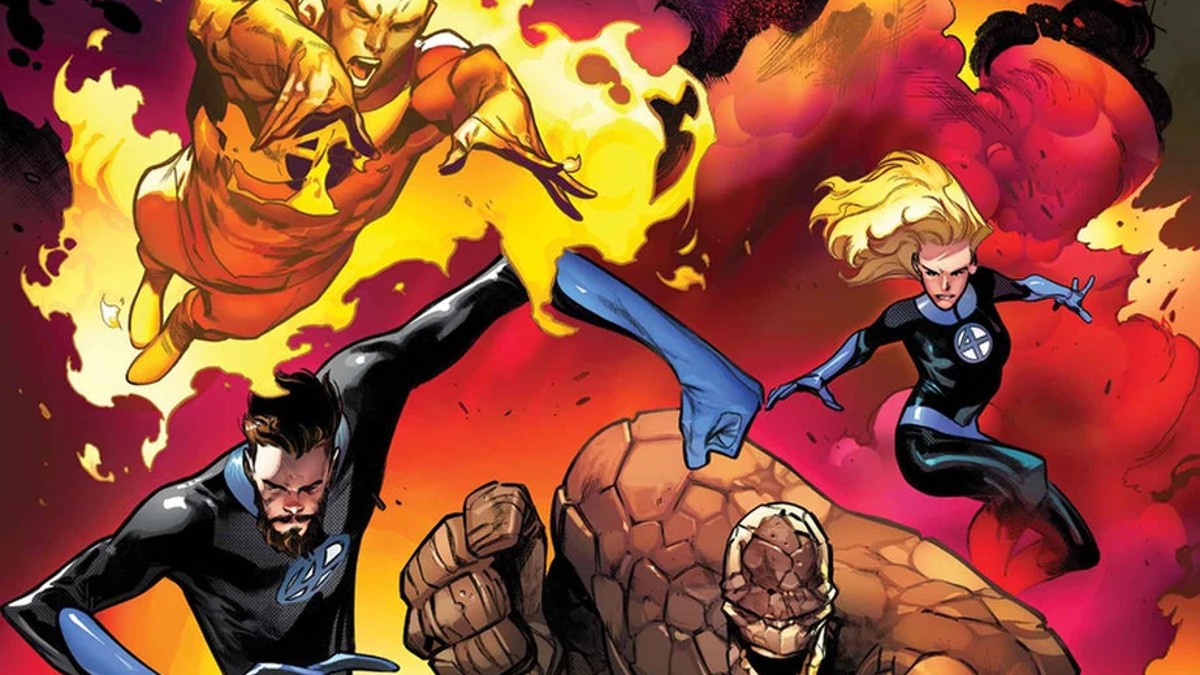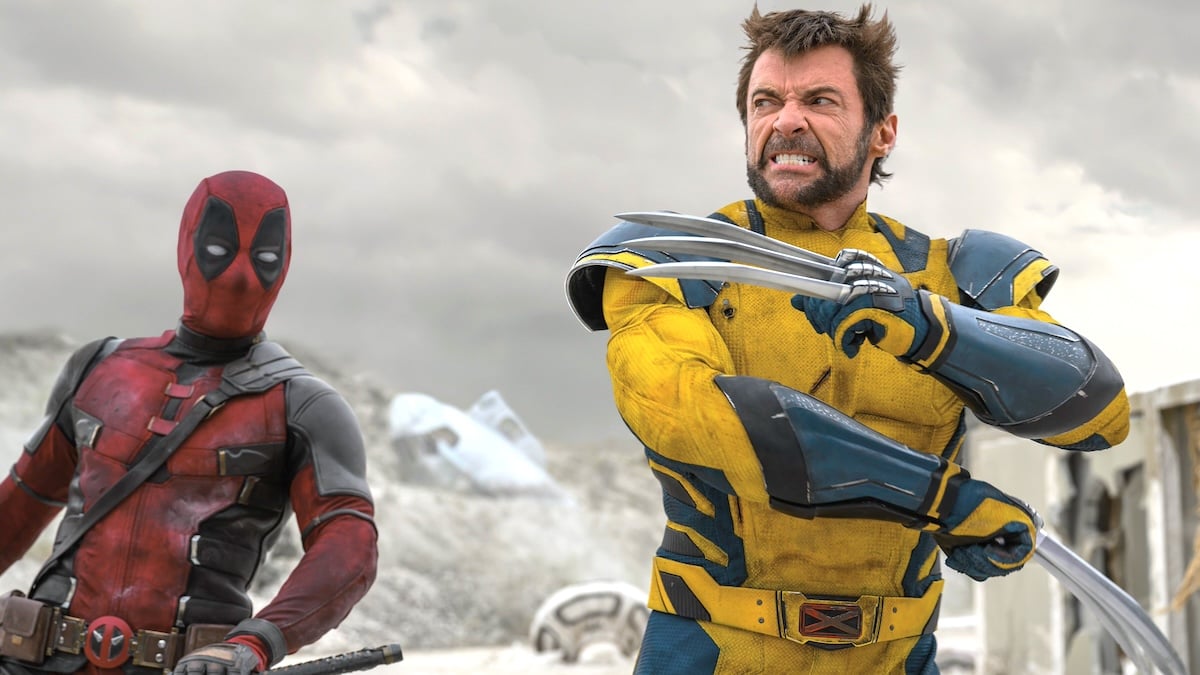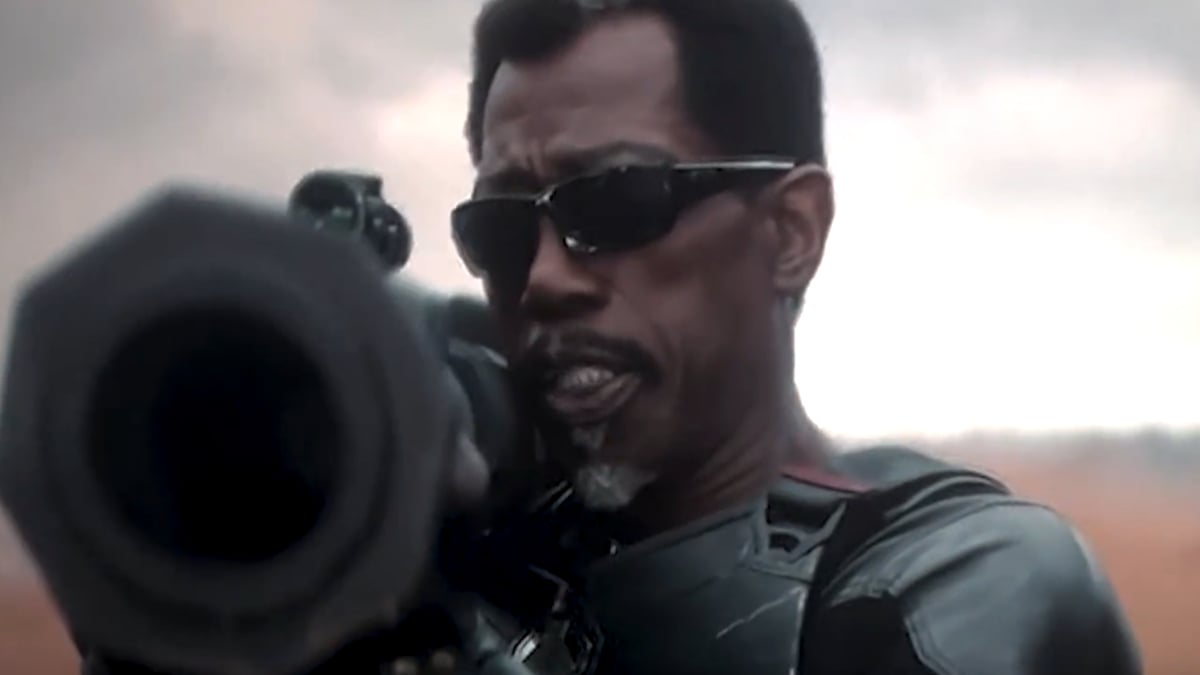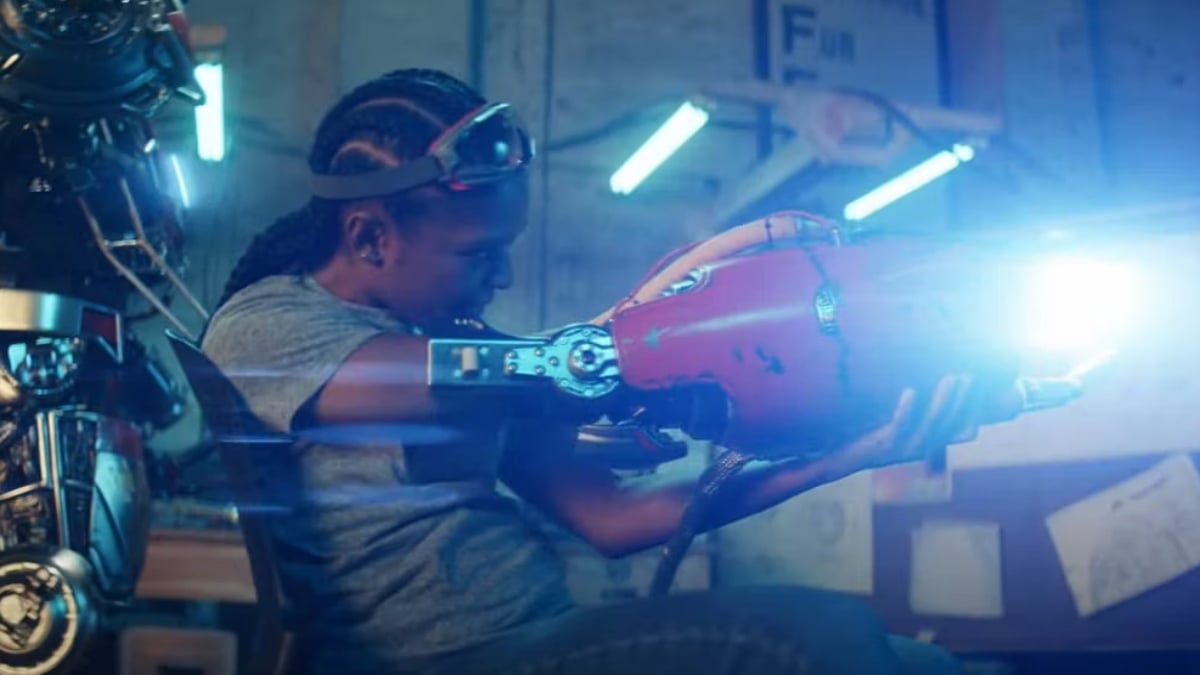The first two installments in the Marvel Cinematic Universe’s Spider-Man franchise made a conscious decision to use villains that had never been seen in live-action before, a wise move to differentiate itself from the Tobey Maguire and Andrew Garfield eras.
It was a decision that paid huge dividends after Michael Keaton’s Adrian Toomes and Jake Gyllenhaal’s Quentin Beck turned out to be inspired pieces of casting, providing formidable foes for Tom Holland’s Peter Parker to contend with, while bringing some fresh antagonism to the table.
Obviously, that plan went out of the window when it came to No Way Home, which brought back five bad guys from the Sam Raimi and Marc Webb franchises as part of a massively ambitious multiversal epic. Speaking in a behind the scenes featurette, Kevin Feige explained why the MCU didn’t even consider rebooting Green Goblin or Doctor Octopus at any stage.
“When we had the chance to bring Spider-Man into the MCU with Homecoming, it was really exploring two things that had never been explored before in the Spidey movies. One was making him much younger, that he’s in his early years of high school and dealing with what it’s like to be that young and to have these powers, and to really relish the high school setting. And the other one was that it’s set within the broader Marvel universe and that there are other heroes there. So for the first few films, it was always, ‘How do we do things that have never been done before?'”
Willem Dafoe and Alfred Molina’s respective performances would take some topping, so you can understand why Feige was reticent to try again. Based on the reception to their comebacks, and the overall performance of Spider-Man: No Way Home with critics and at the box office, we can safely say that returning to the well was fully vindicated and entirely justified in this instance.








Published: Dec 27, 2021 05:34 am